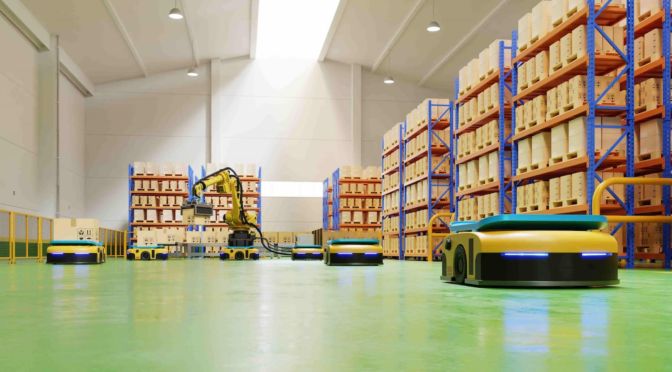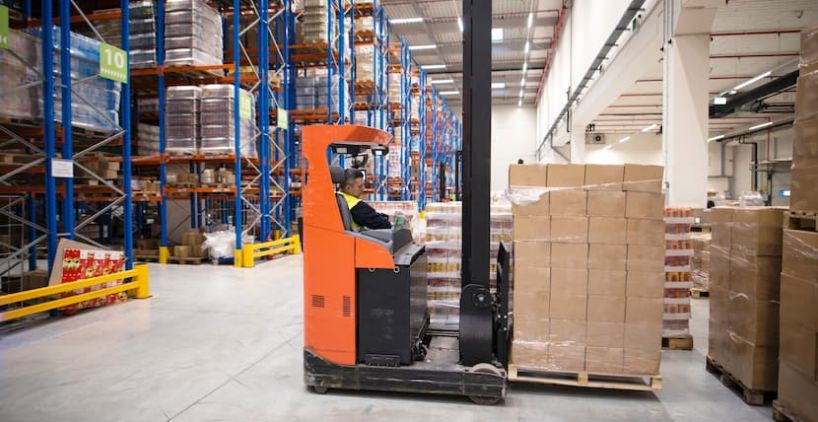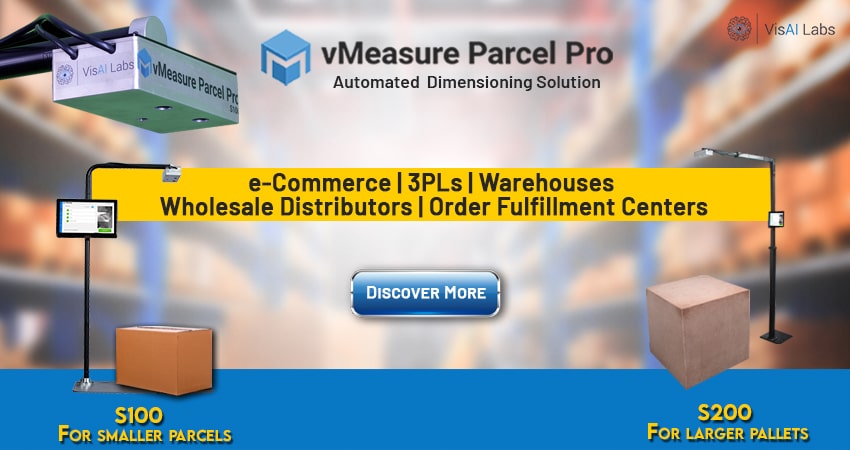Summary
With warehouses and distribution centers (DC) aplenty, small to mid-size business owners often struggle to run them efficiently. In their continual efforts to survive in a competitive market and boost their profitability, they’re often left with little to no time to focus on running an efficient, safe, and systematic warehouse or distribution center.
Through this blog, we explain to you how we can boost the profitability of warehouses and distribution centers in 2021.
Customer Persona
- Logistics Specialist: Coordinate with the vendors and customers to complete the shipment, also understands the business trends in Supply Chain and Logistics and AI’s impact in their core domain.
- Warehouse Automation Manager: Understand how AI is changing warehouses and how their job can be made easier, also ensures safe and efficient storage and despatch of products in the warehouse.
- Operations Specialists: ensure the procedures and daily functions to run the warehouse smoothly and efficiently. Focuses on productivity development through automation and business process improvement
Rise Of eCommerce And The Challenges Faced By Warehouse Managers
The present era is the era of e-commerce, and warehouses and distribution centers are at the core. Warehouses and DC’s today have an opportunity to capitalize on rising market demand and industrial technologies.
But with that possibility, warehouse managers face a significant challenge:
how do distributors get more goods shipped faster to fulfill customer demands while staying profitable?
When you’re a warehouse owner or operator, you realize that inefficient procedures erode the bottom line. Therefore, it’s vital to approach the various operations with a perspective of quality enhancement to boost your warehouse or DC revenue. By equipping yourself with enhanced tactics and strategies, you’re bound to see an improvement in your revenue.
Let’s discuss three principles that must be taken care of to guarantee operational success. The extent to which these principles are applied depends on the storage facility’s size, but they must exist to some extent at least.
Here you go.
Precision
Warehouses and distribution centers are part of a broader picture: the supply chain. As a result, it must perform the task of receiving, storing, and delivering goods to the right customer in the right amounts at the right time for a warehouse to be efficient.
It’s not shocking to see precision being affected by the growing demand to transport goods quickly at the lowest possible expense. Sometimes the wrong items are delivered to the wrong customers or in incorrect amounts or at the wrong time. This is particularly true in small and mid-size warehouse operations.
Fortunately, technology is catching up with these criteria. Warehouse operations are aided by technological solutions such as barcode scanners, warehouse control systems, and RFIDs to improve their precision. Yet technology can’t work its magic alone. Well-documented protocols are essential to increasing and maintaining accuracy in the warehouse, along with checks, balances, and employee training.
Cost management
The role of warehouses isn’t limited to collecting, transporting, and delivering items in the right quantity to the right customer at the right time but also at the right price.
Warehouse managers need to be watchful of the operating costs.
They must be mindful of the cost-intensive goods and activities and outline plans to store and deliver products at the right price.
They must be mindful of the cost-intensive goods and activities and outline plans to store and deliver products at the right price.
The warehouse’s most cost-intensive activities include:
- Storage costsAt the top of the list is the expense involved with buying or renting a facility to store products. In the US, the cost per square foot per year will range between as low as $2.64 SF/Year to as high as $11.16 SF/Year.
- Labor CostsThe second highest expense inside the warehouse is labor-related expenses. The labor costs will depend on the work position, skill set, and location (city/state).

Two other expenses that are also at the top of the list are equipment and utility costs.
1. Excessive inventory
Are you suffering from the dreaded inventory blues? Whether you own a 3PL or a warehouse distribution center, having surplus inventory in your warehouse can affect your revenue. It’s a common problem for wholesalers to have surplus inventory when they tend to make large orders of a particular commodity to receive bulk discounts. One of the most frequent warehousing mistakes made by supply chain companies is keeping a surplus of product.
Having more oversized orders shipped in smaller batches is one way to minimize surplus inventory. Take advantage of this opportunity to re-evaluate your warehouse’s layout and space usage and maximize warehouse efficiency and inventory management. With the new year, make every square inch of your warehouse work for you.
2. Efficiency
Now that we’ve discussed warehouses’ operating costs, it’s time to address warehouses’ efficiency. Cost inefficiency inside a warehouse is perhaps one of the most challenging things to detect and correct. Technology and procedures lie at the heart of operating an efficient warehouse.
- TechnologyWarehouse technology offers ways of automating repetitive tasks, optimizing resource utilization (use of warehouse space, workforce, machinery, etc.), and gathering data to predict demand, optimize procedures, and make well-informed decisions.
- ProcessesTime and time again, research shows us that warehouses need to adequately define, record, evaluate, and refine their processes at least once a year. This will ensure the maintenance of efficiency.
Security
Think about it. Your customers trust you with their goods, and your company has spent considerable money on goods to sell, profit from, and keep the company running. Hence it’s crucial to secure the goods to retain customers, attract repeat sales, maintain yourself as a reputable company, and operate a profitable business.
To offer some insight into warehouse security value, warehouses are one of the supply chain links with the highest theft rate. To make matters worse, data shows that more than half of warehouse fraud, directly and indirectly, involves internal resources.
A security strategy for warehouses must include:
- Physical Security
- Standard operating procedures
- Security & Training of Staff
- Identification of visitors & registration
- IT security
- Customer evaluation
Summing up
We’ve clarified the five principles for good & profitable warehouse management. While it may be daunting to put all these principles and procedures to work, I can guarantee you it’s not impossible.
Warehouses and distribution centers must develop and become more scalable. Today the supply chain works through a complex whirlwind of change. To succeed, any warehouse and distribution operation needs to re-examine warehouse procedures and processes and improve continuously. With the birth of a new year, let your warehouse’s strategies and procedures evolve.
How vMeasure Parcel Pro accelerates profitability in the warehouses and distribution Centers?
vMeasure Parcel Pro automated dimensioning solution uses computer vision-based technology to capture the high-quality image of parcels to estimate the dimensional measurements as quickly as possible. This automated dimensioning solution comes in two ranges: vMeasure Parcel Pro S100 for small-sized packages and S200 exclusively for freights and pallets. These dimensioners help improve carton size selection, repacking, storage-space planning, and shipment manifesting in consumer goods distribution.
Additionally, we can integrate other devices such as barcode scanners to navigate the product’s location, label printers (formatted to print tags, labels, and barcodes), warehouse management systems (WMS), or the Enterprise resource planning (ERP) software.




